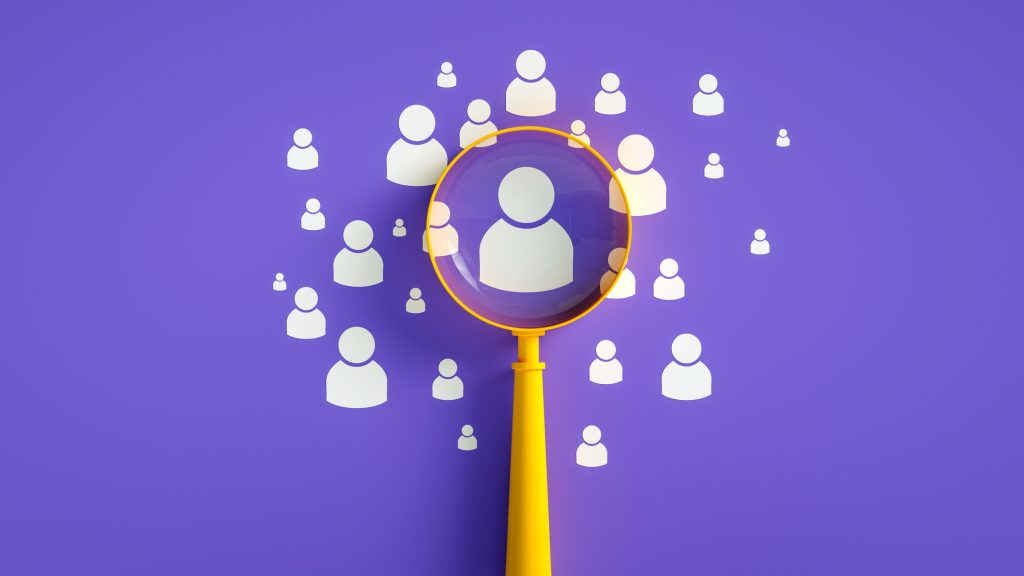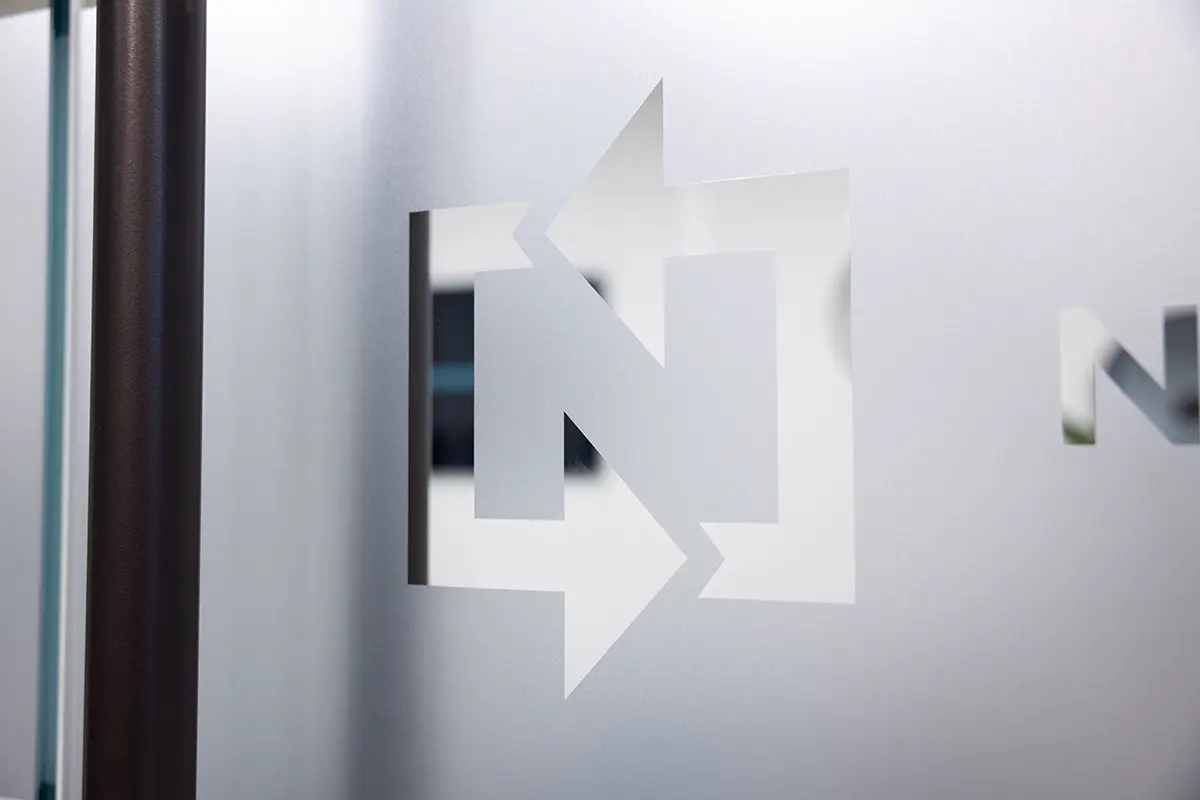We Hear This All the Time: WE NEED NEW LEADS!
When you’re looking to bring in new business, it’s a natural response to associate that with net new leads, or leads that will be brand new to your CRM. Brb, grabbing my trench coat and sunglasses.
What if I told you that you’re more than likely sitting on a pool of leads that have already been qualified and have already engaged in real conversations with your business? That’s right — I’m talking about your sales pipeline.
It takes the right strategy to reignite and double down on these existing relationships (and the right software to keep your pipeline in line), so we’re here to walk you through leveraging one of the most neglected lead sources: your sales pipeline.
Let’s Start with Some Key Terms
If you’re already well-versed (smooth sale-ing, some might say), you can skip ahead to the strategy section.
- Sales pipeline — Your historic record of revenue opportunities (often called “deals” or “opportunities”) that is often tracked beginning when a lead has been qualified and connected with a sales rep.
- Closed/lost — Your historic record of deals/opportunities that your business did not win. Some closed/lost deals are worth pursuing, while, for others, sometimes dead is better.
- Closed/won — Your historic record of deals that your business did win, even if the contact is no longer one of your customers.
- Customer Relationship Management (CRM) — Where your contact, company and deal information lives, hopefully in a standardized system (like HubSpot).
How Pipeline Re-engagement Campaigns Work
In essence, you’re following up with qualified leads or customers who have already made their way through your sales pipeline. The type and level of personalization of your outreach is up to you — you may feel it’s appropriate to send mass emails and texts to your closed/lost leads, but current or past customers from closed/won will get a personalized one-to-one email or text from a trusted rep.
Your approach should be contextual, so let’s explore the main potential approaches for each segment.
Qualified Closed/Lost Re-engagement
It’s easy to to consider closed/lost as lost for good, but it never hurts to check in now and again.
For this segment, you’re leveraging the existing conversations that have already been had, even though they didn’t end in business. Now, there may be a good reason that it ended that way. You should be looking specifically at deals that were closed/lost due to something that was out of your control at the time (or a “no for now”), like the potential customer was:
- Holding on budget
- In the process of hiring/firing
- In the process of merging/acquiring
- Still involved in another contract
You would not be interested in anyone who was unqualified, not a good fit, didn’t have the budget or needed to be chased in order to pay.
Once you’ve identified the eligible closed/lost group, you can determine the most appropriate balance of manual and automated outreach. You really just want to get in front of them and ask, “Hey, how you doin’?”
Pro Tip: Make sure that you don’t already have planned follow-up that would step on any toes here. For example, you may already have a follow-up task set to check in with a “no for now” lead in three months, so make sure you’re not muddying the messaging (or hitting them up too soon).
If you’re working with a pretty large pool (100+ leads) or if you don’t have a specific closed/lost reason for each lead, reaching out to everyone in bulk may be the way to go. It won’t be super personalized, but it could still be enough to reignite the conversion.
If you’re working with just a handful of closed/lost deals, or any particular high-priority ones, personalized emails and/or text messages are the way to go. Create messages that are unique to the deal you lost, referencing past conversations or lead-specific details. If they told you they were hiring, ask how that process is coming along!
You may not hear back from everyone, but even one or two second chances can prove this campaign useful. After all, there’s a good chance that they’ve just been chilling at the end of your pipeline all this time.
Qualified Closed/Won Re-engagement
You know that saying about how it’s easier to generate new business from customers you know versus leads you don’t? This campaign embodies the notion.
For this segment, you’re leveraging the existing (or past) customers that could potentially do more business with you. Additional business could come in the form of re-buys, upsells, cross-sells or totally new buys. Typically, you’re looking for:
- Past customers that could re-engage and buy again
- Existing customers that could upgrade/add a new service
Of course, you would want to rule out any current or past customers who ended up not being a good fit, didn’t pay or aren’t in a good place to have an additional sales conversation.
Simply letting current or past customers know about your new or updated offerings can open the door to additional business. They may straight up just not know about the other products or services that you offer, so raising that awareness can pretty seamlessly produce additional business.
First, you need to identify which offerings could make sense for which customers. Your sales reps and account managers will likely already have some ideas here.
From there, you can look at broader nurturing (like an awareness-level campaign that announces a new or relevant offering to a big group of customers), individual nurturing (like a customer or segment-/industry-specific campaign that announces a new or relevant offering), or a combination of both! Just like the closed/lost segment, you should always develop individualized outreach for high-priority customers. And remember that these are people who have done business with you before — be sure to give them the special treatment that they deserve.
What You Get From a Sales Pipeline Re-engagement Campaign
That’s all great, but what can you expect to see from a sales pipeline re-engagement campaign? There’s a bullet point list coming right at you:
- A second chance at business — A lot can change in just a few months, but you can stay involved in those conversations.
- The opportunity to delight customers — You’re not just selling more stuff, you’re determining how you can better provide value for your customers.
- Campaign launch speed — You already have somewhat warm leads and (hopefully) a record of historical conversations to inform your outreach, and you don’t need to create heavy marketing assets.
- Sales and marketing alignment — Give the marketing team an inside look at the sales pipeline, and give the sales team an inside look at the overall nurturing strategy.
- Simply going through the process of building the campaigns can arm both teams with the context they need to work more harmoniously.
- Database cleaning and completion — If your database isn’t in excellent health before you roll out a pipeline re-engagement campaign, it should be by the time you launch.
- It can be a painful process to standardize and complete data (like your closed/lost reasons), but it pays dividends.
- A repeatable, scalable process — Once you address your current pipeline, you’ll be able to apply that approach to future closed/lost and closed/won leads, tweaking your outreach as you learn.
- Campaign integration opportunities — Pipeline campaigns don’t necessarily need to be exclusive. If you’re promoting a new piece of content, attending a trade show, or making a big company announcement, you can leverage them as a touchpoint in your re-engagement campaign.
Pretty cool, right?
Now that you have a sense for how pipeline re-engagement campaigns work and what they can do for you, let’s talk about building them.
How to Build a Sales Pipeline Re-engagement Campaign
As with any business initiative, there are easy and hard ways, integrated and disjointed ways and measurable and questionable ways to get back in front of your closed deals. You can blame it on our HubSpot Platinum Solutions Partner status, but we truly believe that HubSpot is the tool for the job.
Using HubSpot Marketing Hub and Sales Hub
The pipeline re-engagement campaign is both a marketing and a sales effort, so we would want each group’s tooling to be connected, right?
HubSpot Marketing Hub and Sales Hub are both exceptionally capable systems on their own, but together, they multiply the impact and attribution of your efforts. You’ve already heard this a hundred times, but it’s true — having all of your data in one place enables you to truly run contextual, relevant and timely campaigns.
An effective sales pipeline re-engagement campaign is powered by both Marketing Hub and Sales Hub (and Marketing Hub Professional and Sales Hub Professional will give you the most flexibility in email delivery (one-to-one, sequence, workflow), custom reporting capabilities and access to deal automation).
Here’s what HubSpot does better than other, separate systems:
Standardized, Unified Data
The data that you’re using to segment your marketing lists is coming straight from your CRM and sales pipeline. As long as all of your CRM data is complete and accurate, you don’t need to worry about sending the wrong message to the wrong person.
You also don’t need to worry about manually exporting and importing contact lists or working out of two separate records for the same contact.
Real-Time Responsiveness
Someone replied to a marketing email! You can immediately remove them from any automated nurturing so that the only communication they’ll receive comes directly from a rep.
Someone contacted a rep, but it wasn’t through a tracked HubSpot activity! If the rep updates a contact property, creates a new deal for the lead, or makes any other target update, you can immediately remove them from any automated nurturing.
Reporting and Tracking
Any tracked HubSpot activity (email engagement, text engagement, website activity, CTA button clicks, form submissions, etc.) will all live in HubSpot for both the marketing and sales teams to see. But did the campaign influence new deals? Custom campaign and dashboard reports can be created to track all performance levels, from top-level (emails sent, opened, clicked) to bottom-level (new deals created and closed).
Marketing and Sales Alignment
The feedback loop is real! Sales can easily get back to marketing with what they’re seeing — what kinds of responses, questions and sticking points they’re getting — and marketing can use that insight to make contextual changes to marketing communications.
Repeatability and Scalability
Once you build out the framework in HubSpot, it can be set to run indefinitely. As new closed/won and closed/lost leads meet your set criteria, they can be automatically enrolled in the re-engagement campaign, or reps can be automatically notified when it’s time to personally reach out. As your marketing and sales efforts grow, your pipeline re-engagement campaign can easily scale alongside them.
Integration with Other Efforts
Pipeline re-engagement lists can be integrated (or excluded) across relevant marketing efforts so that you’re always working toward a shared goal. You can also layer in lead scoring, personalized landing pages and responsive chatbots to provide thoughtful touchpoints every step of the way.
What Next?
We hope you learned something new! Think about the opportunities that your current sales pipeline presents and how you might go about reconnecting with qualified contacts. But most importantly — make a choice.
You take the blue pill…net new lead generation is all you know. You wake up in your bed and continue to ignore the leads in your pipeline once they hit closed/won or closed/lost.
You take the red pill…pipeline re-engagement campaigns exist alongside net new lead generation. You’ll see how deep the conversations with your closed/won or closed/lost leads can go.
If you want to see how deep the rabbit hole goes, get in touch with us.

